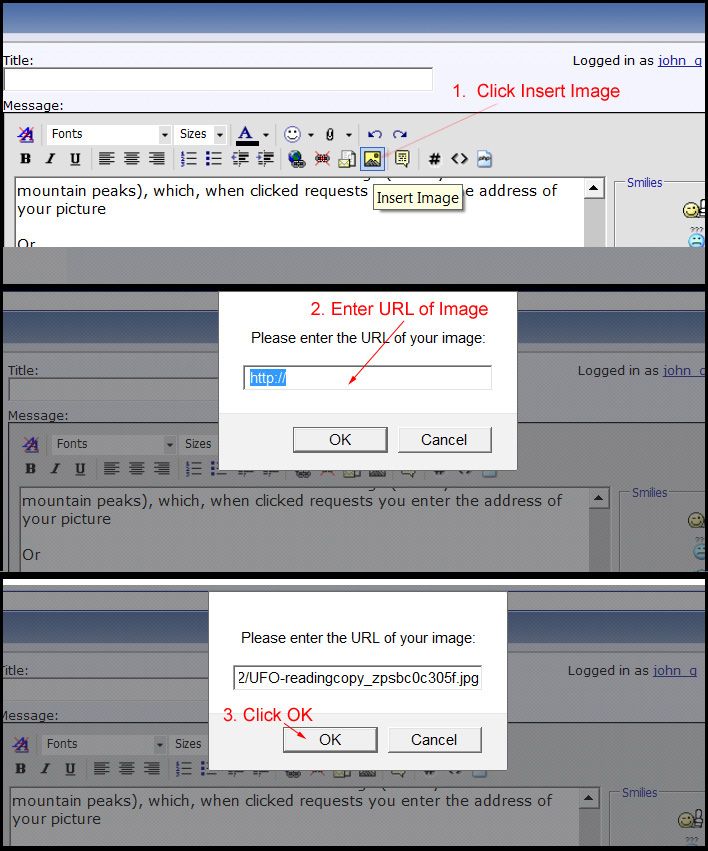Hello Machine, Hello to All
Hey Machine,
Well, I think 17 gauge is a perfect approach here ..right in between 18-16 awg.
..right in between 18-16 awg.
Related to resistance check the accuracy of your meters by measuring any LOW resistor of known value...see if it read them right.
It seems kind of low though...I get 0.6 to 0.8...somewhere in there...but then you've got a thicker wire...that could make the 0.1 to 0.3 difference...But no sweat my friend...IF the readings are fine...it is ok...since the only way to lower Amperage is by connecting them in series...BUT...Not in the way everybody may think at first glance at connections...
Have to realize that once you get all four at front and four cables at rear of Motor....there are a lot of possibilities to be connected between them...but I will let you all a "riddle"...
This is very important here...if you set them in series...but using a "conventional way"...it will rest power and speed to the Motor...and yes...amperage will be low...but then...it will not spin Generator properly...and I am talking about a difference of around 800 to 1000 RPM's...and a few pounds of less torque...
I would like to hear or see (better see it in a graphic...) some of your suggestions of "How to attach them in series"...based on the above paragraphs...then I will know if you are already "getting this whole idea right"...
Regards Machine , regards to all
Ufopolitics
Originally posted by machinealive
View Post
Hey Machine,
Well, I think 17 gauge is a perfect approach here
 ..right in between 18-16 awg.
..right in between 18-16 awg.Related to resistance check the accuracy of your meters by measuring any LOW resistor of known value...see if it read them right.
It seems kind of low though...I get 0.6 to 0.8...somewhere in there...but then you've got a thicker wire...that could make the 0.1 to 0.3 difference...But no sweat my friend...IF the readings are fine...it is ok...since the only way to lower Amperage is by connecting them in series...BUT...Not in the way everybody may think at first glance at connections...
Have to realize that once you get all four at front and four cables at rear of Motor....there are a lot of possibilities to be connected between them...but I will let you all a "riddle"...
When figuring the way to connect sets of brushes in series...meaning, joining a negative to a positive then that other end of Coil...or the negative out...please, "think asymmetrically" related to the "Top View"...and not the "conventional symmetrical ways"...we all know about...


I would like to hear or see (better see it in a graphic...) some of your suggestions of "How to attach them in series"...based on the above paragraphs...then I will know if you are already "getting this whole idea right"...

Regards Machine , regards to all
Ufopolitics




 , We'll see what happens, I have some 6 ga, so i will be test firing this weekend.
, We'll see what happens, I have some 6 ga, so i will be test firing this weekend.
Comment